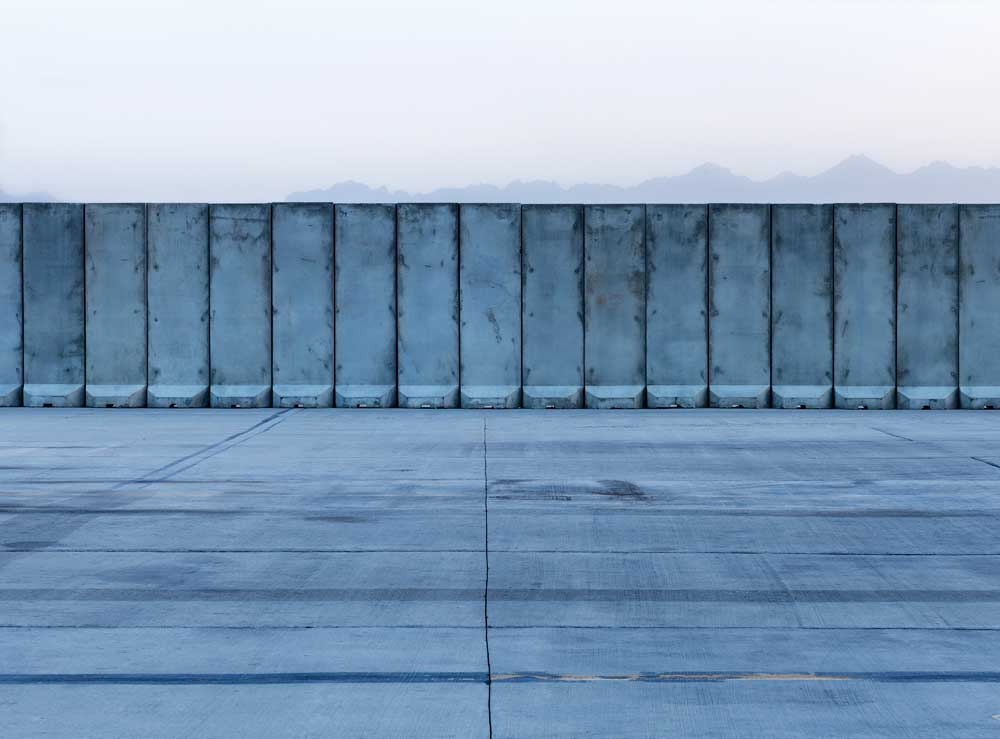
Last December, the United States and its allies ended their official combat operations in Afghanistan, closed the infamous detention facility at Bagram Airfield, and left behind only a small force to conduct security training.
In order to photograph the life and experiences of Americans in Afghanistan at the end of this decade-long war, British photographer Edmund Clark embedded with American troops for nine days in October 2013 at Bagram Airfield, once the largest American military base in the country, where at its peak housed 40,000 military personnel and civilian contractors, many of whom, Clark says, never left the base during their service.
“Their vision of Afghanistan is what they see over the perimeters, or represented inside the walls of enclaves like Bagram Airfield,” writes Clark of his recently published book, The Mountains of Majeed, which has now transformed into an exhibition at the Flowers Gallery opening in London today.
Clark’s interest in Bagram grew out of years spent examining the relationship between representation and politics. In his previous project, Guantanamo: If the Light Goes out, he photographed the U.S. naval base at Guantanamo Bay, Cuba, its detention camp and the homes of released detainees. He then laid them out unordered to create the sense of disorientation familiar to the detainees.
For Clark, the similarities between Guantanamo Bay and Bagram are striking: Bagram is the largest U.S. military base in Afghanistan, while Guantanamo Bay is the oldest U.S. naval base overseas. Both are notorious for their treatment of detainees; in fact, many who ended up in Guantanamo had first passed through Bagram, Clark tells TIME.
For the Americans fighting the war against terror abroad, however, these two bases are their home away from home. In Guantanamo, Clark photographed the navy’s small but full-fledged community, a similar approach he envisioned before his flight into Afghanistan. Yet once at the airfield, he was surprised by an overwhelming view of the Hindu Kush, a mountain never shy of military presence that’s deeply intertwined with the country’s wobbly history.
Clark’s visit happened to overlap with the Muslim religious holiday Eid al–Adha (Festival of Sacrifice) during which the insurgency tends to flare up. For some nights, he had to stay in a bunker, trying to fall asleep amid the sound of incoming rockets from militants hidden in the dark mountains outside the heavily secured enclave.
From inside his fortification, however, these mountains were portrayed in a much different, even tranquil, light: they were picturesque, romanticized by a series of large-scale paintings screwed to the wall of the base’s dining hall. Their painter is known only by the name of Majeed.
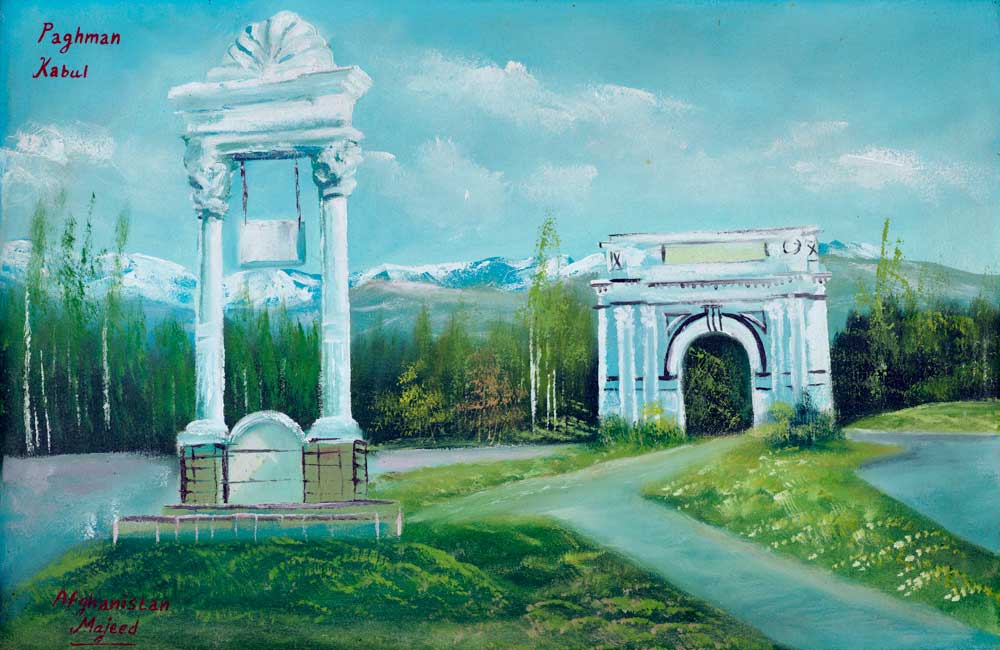
To illustrate this conflict of experiences with the Hindu Kush: at once a harsh and violent landscape, and yet a profoundly breathtaking vista, Clark incorporated Majeed’s paintings as well as drew from poetry by the Taliban, and blended them with his architectural images of the American base.
“I have been looking for the different kind of references to the significance of mountains in Afghanistan after I came back,” Clark says. “[The Taliban poets] are the people [on the] outside looking in, and my photographs are about people inside looking out.”
The project, Clark hopes, will poke at “the idea of the [division] between the two sides involved in the war” and cast a reflection on Operation Enduring Freedom, the official name of the military occupation, emphasizing the critical question of what will happen next in Afghanistan.
Edmund Clark is a London based photographer whose work has been exhibited at museums and galleries worldwide. The Mountains of Majeed is on view at the Flowers Gallery in London until April 4, 2015. The book is available at Here Press.
Ye Ming is a contributor to TIME LightBox. Follow her on Twitter and Instagram.
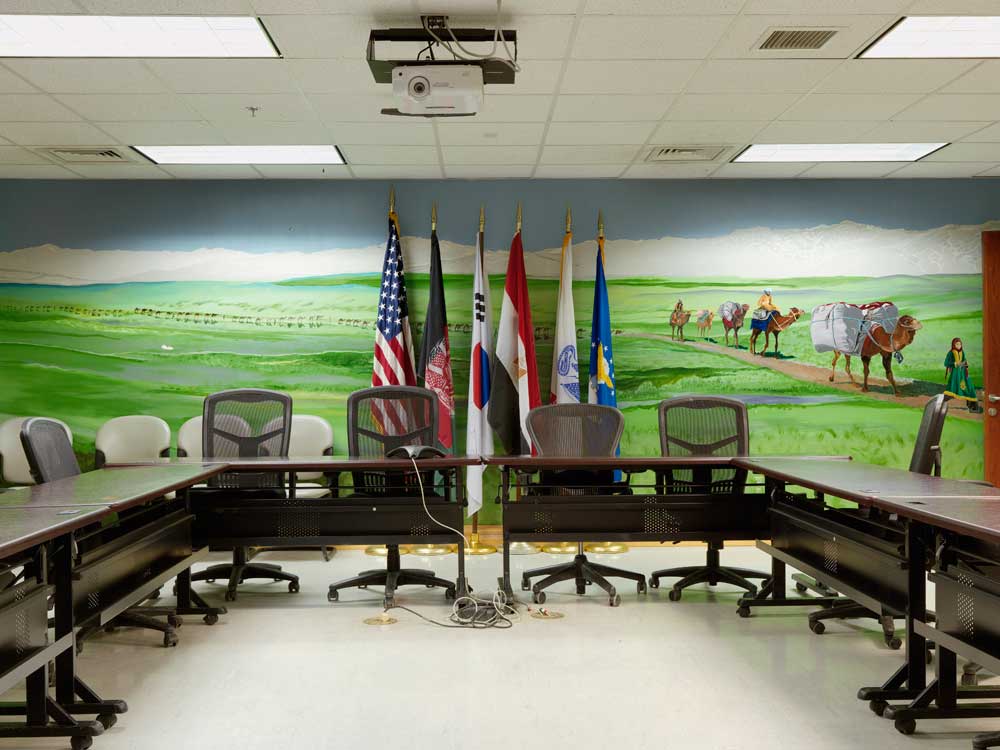
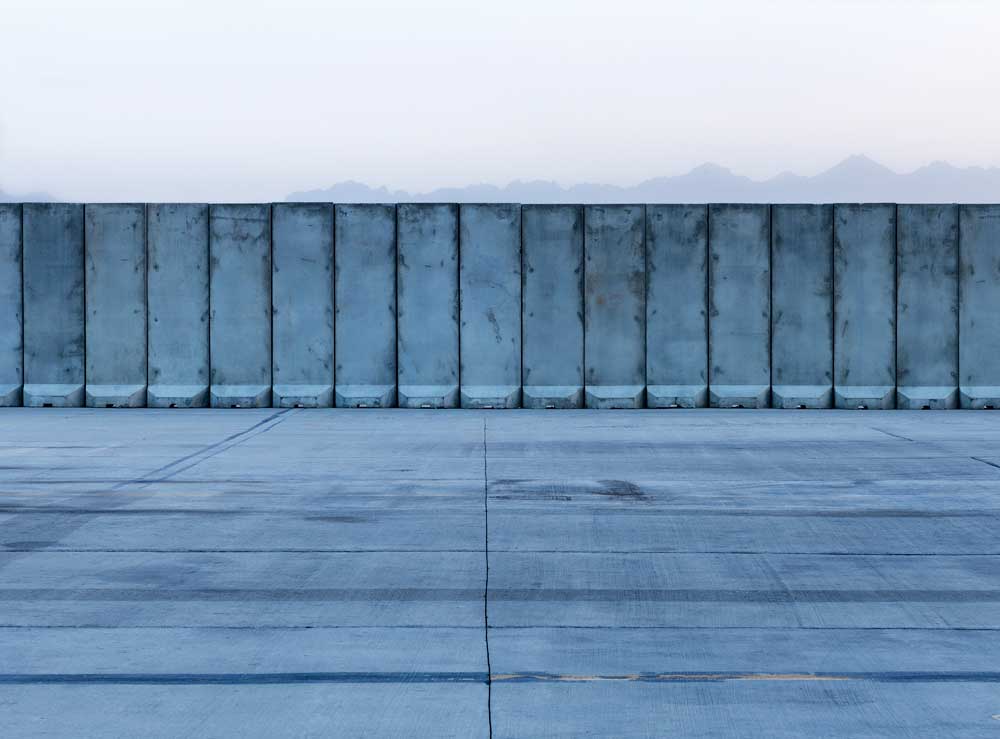
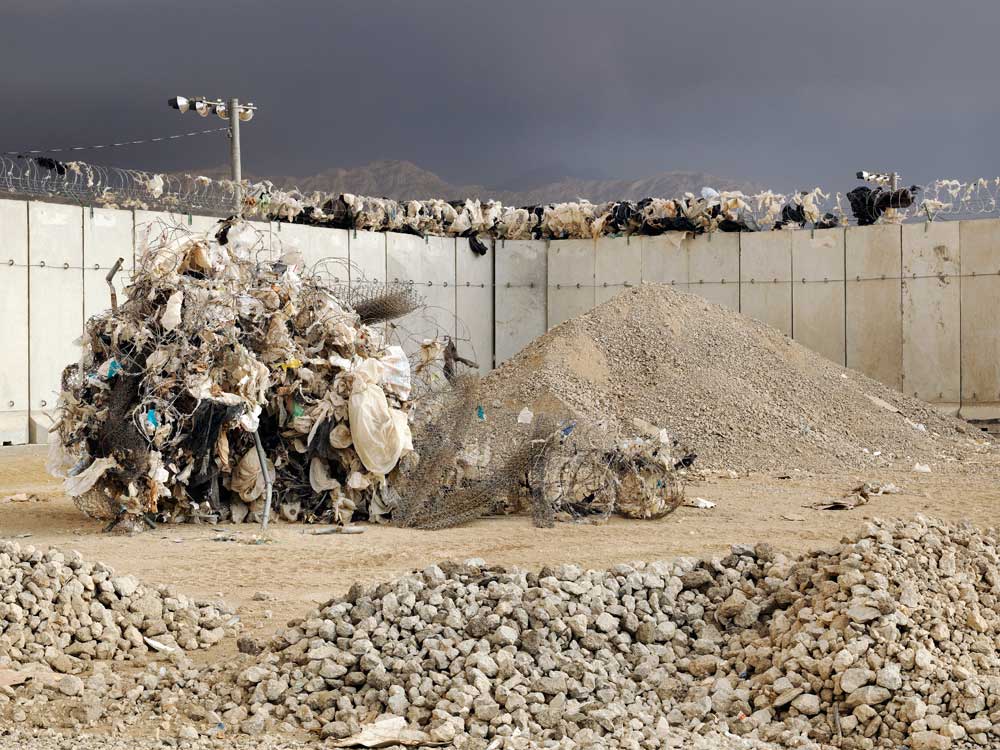
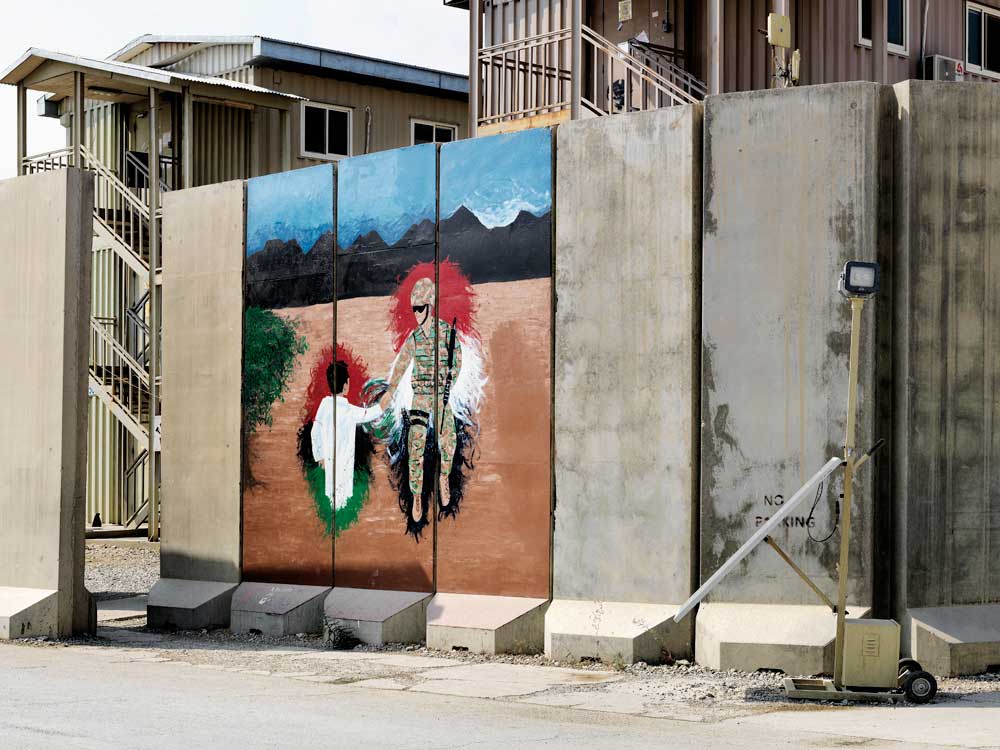
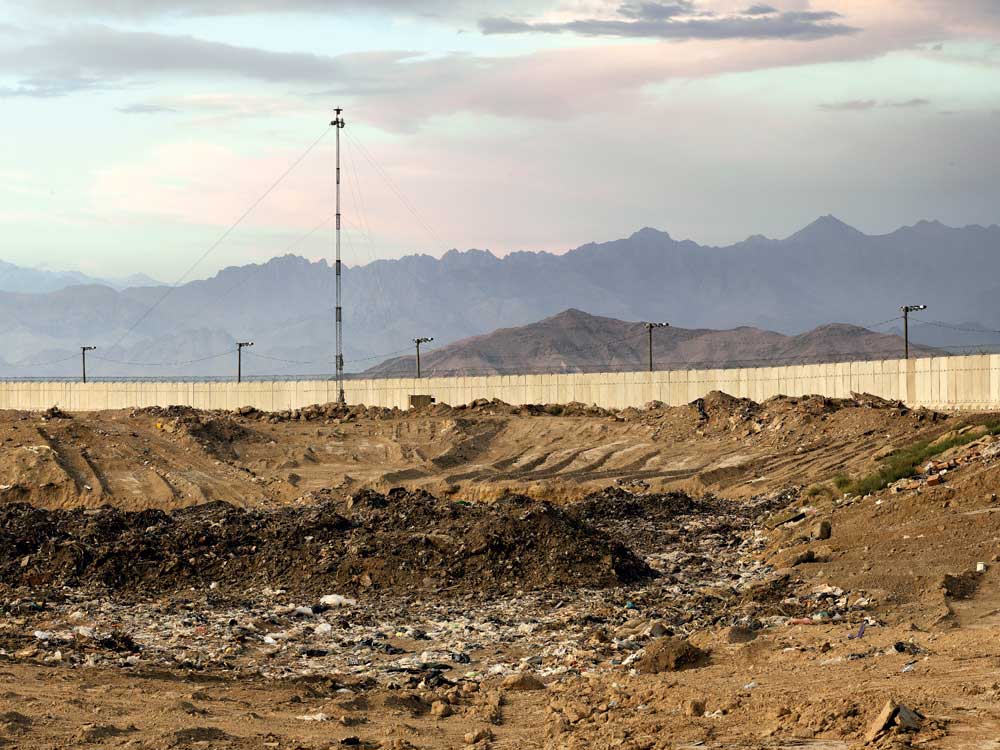
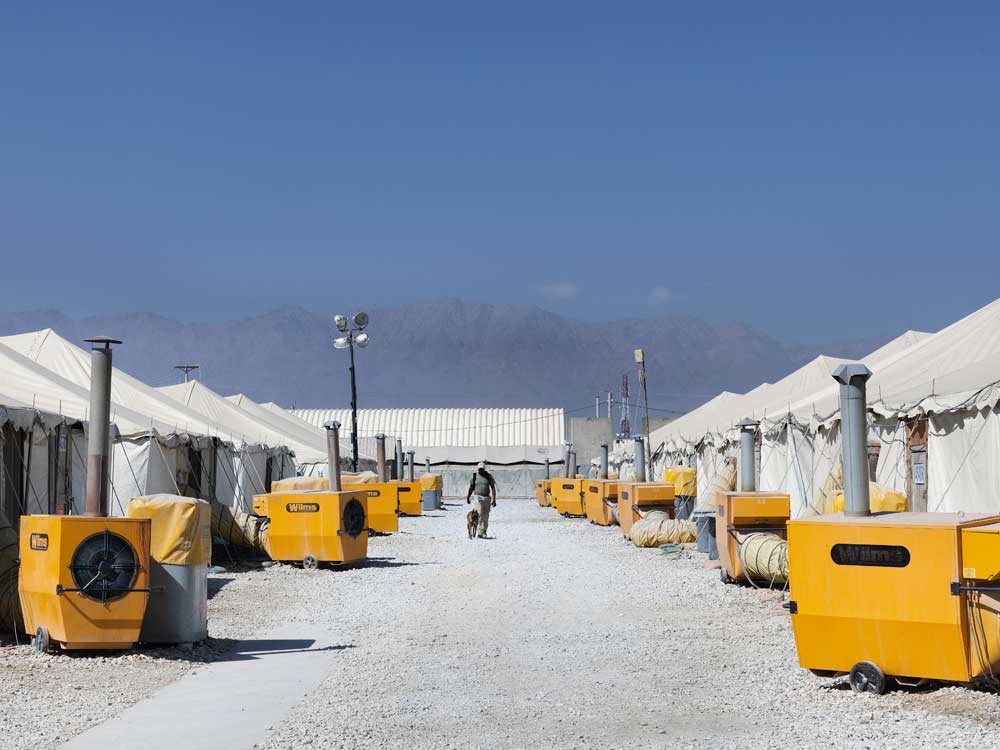
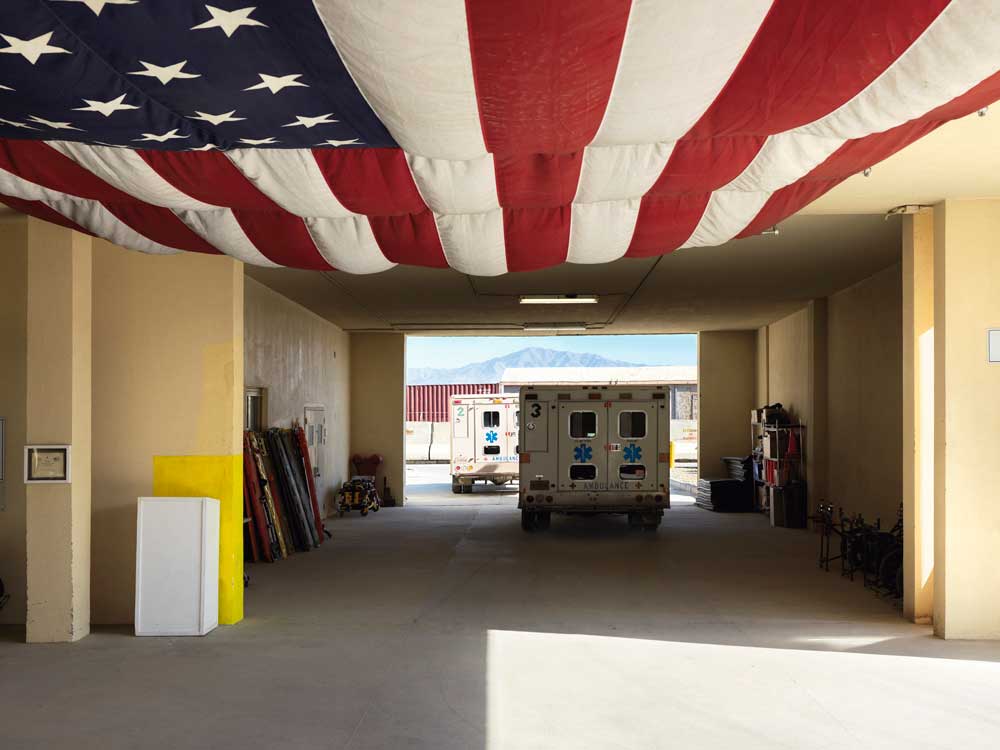
More Must-Reads from TIME
- How Donald Trump Won
- The Best Inventions of 2024
- Why Sleep Is the Key to Living Longer
- Robert Zemeckis Just Wants to Move You
- How to Break 8 Toxic Communication Habits
- Nicola Coughlan Bet on Herself—And Won
- Why Vinegar Is So Good for You
- Meet TIME's Newest Class of Next Generation Leaders
Contact us at letters@time.com